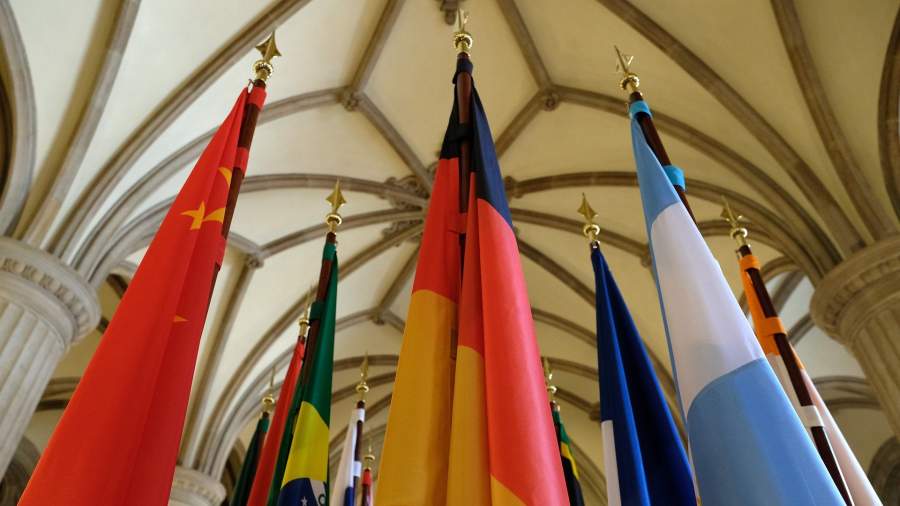Jane Stock is a technology author, who has written for 24 Hours World. She writes about the latest in technology news and trends, and is always on the lookout for new and innovative ways to improve his audience’s experience.
Menu
G20 countries called the reasons for the slow recovery of the global economy
Categories
Most Read
Self-assessment: Millions of people don’t have enough money for heating
October 16, 2025
No Comments
Food: Nestlé cuts 16,000 jobs
October 16, 2025
No Comments
Fuels: ADAC: Fuel price rule could make refueling more expensive
October 16, 2025
No Comments
Federal Court of Justice: After Wirecard insolvency: BGH examines shareholder claims
October 16, 2025
No Comments
Industry in crisis: Car cities are suffering from a decline in trade tax
October 16, 2025
No Comments
Latest Posts

Bicycle overshoes: This keeps your feet warm and dry
October 16, 2025
No Comments
PierceI am Pierce Boyd, a driven and ambitious professional working in the news industry. I have been writing for 24 Hours Worlds for over five

Save with your pension card: You get these discounts
October 16, 2025
No Comments
AngelicaI am an author and journalist who has written for 24 Hours World. I specialize in covering the economy and write about topics such as

Spa Resort Geinberg continues to invest in premium areas
October 16, 2025
No Comments
In just a few months, the section of the Geinberg Spa Resort was completely renovated. New roof garden sauna Bernhard Singer (Director of Operations Spa
24 Hours Worlds is a comprehensive source of instant world current affairs, offering up-to-the-minute coverage of breaking news and events from around the globe. With a team of experienced journalists and experts on hand 24/7.

